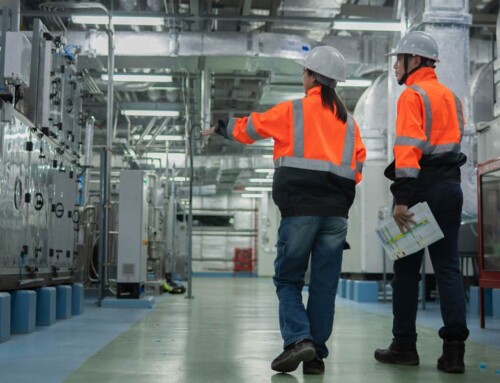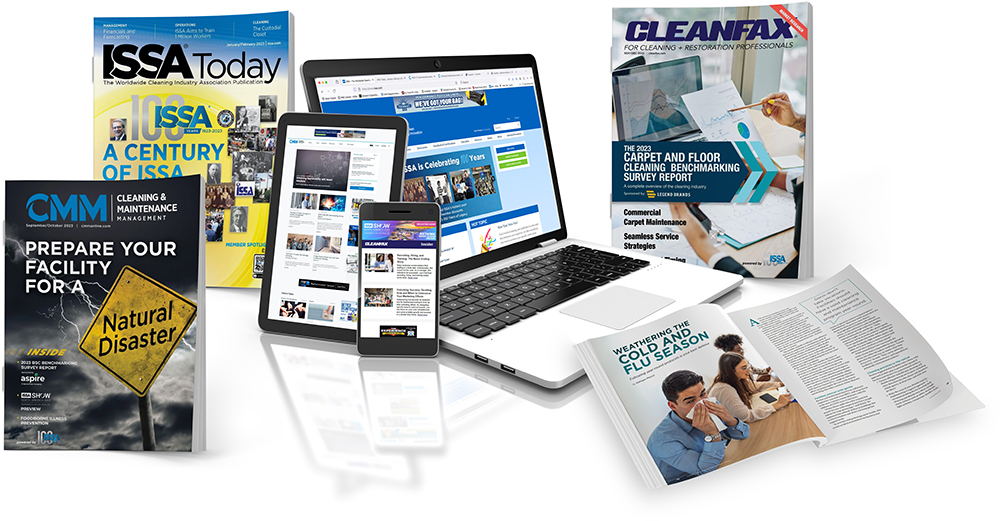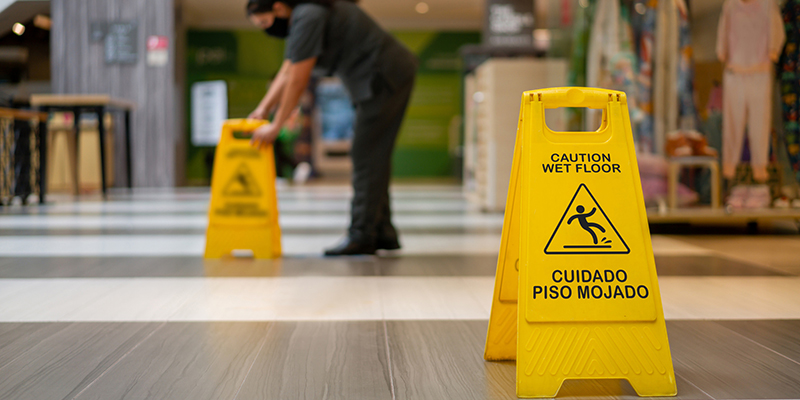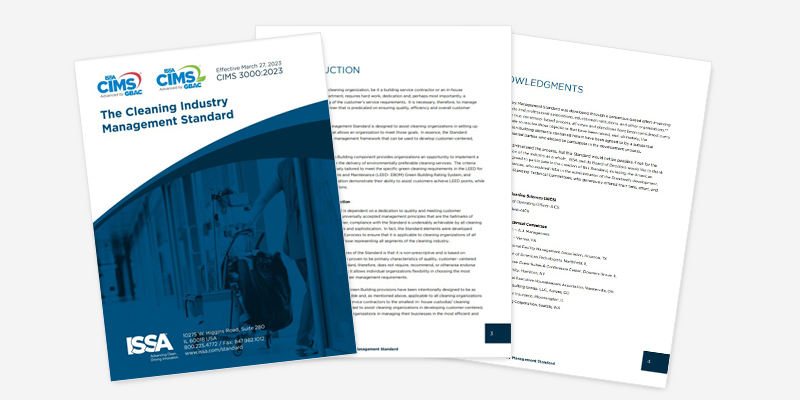ATP Test: How to Measure Cleanliness and Prove Value
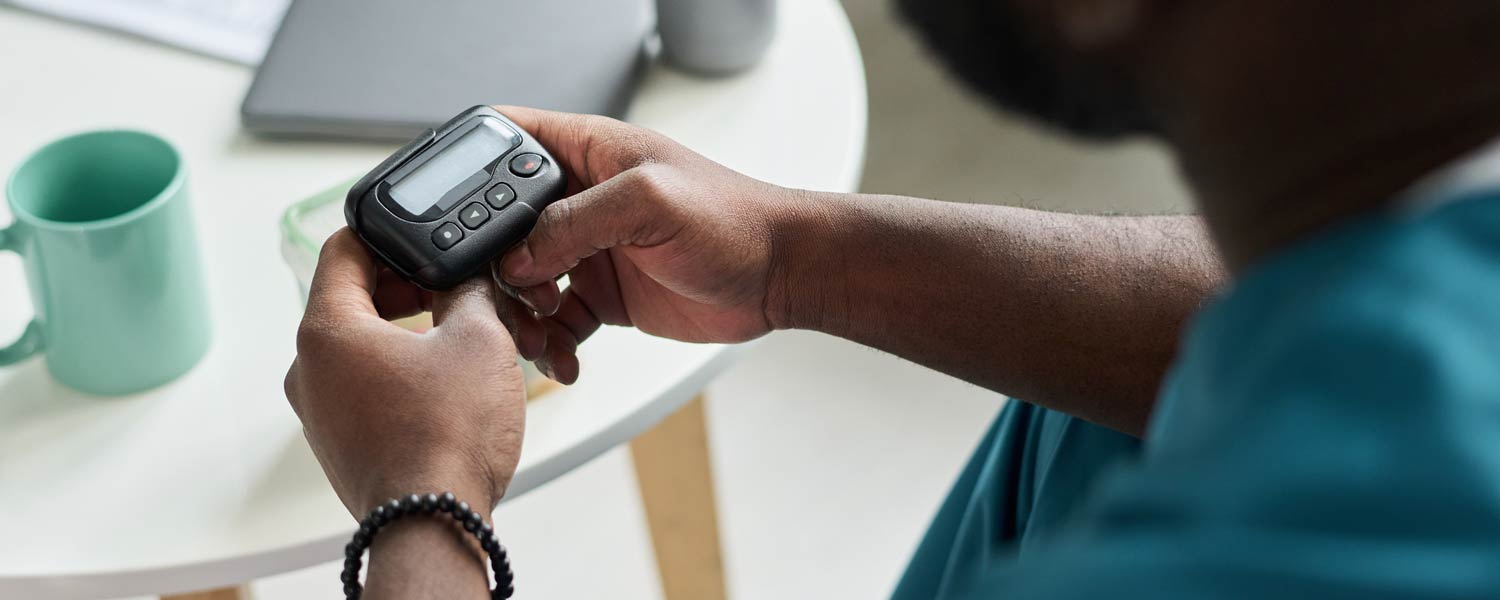
Clean doesn’t always mean truly clean—and that’s where an ATP test becomes invaluable. Visual inspections can’t detect microscopic residue, but an ATP (adenosine triphosphate) test can. This simple swab-and-read tool helps cleaning teams and facility managers verify whether a surface is actually sanitary, not just stain-free.
As more organizations demand evidence of cleanliness, an ATP test gives you data to back up your service quality and meet performance expectations. See how clean equates to value in your facility.
What Is an ATP Test?
ATP, or adenosine triphosphate, is a molecule found in all living cells—including bacteria, mold, and food residue. An ATP test detects this organic matter to indicate whether a surface has been properly cleaned.
Here’s how it works:
- A technician swabs a surface (like a doorknob or bedrail).
- The swab is inserted into a handheld luminometer.
- The device gives a digital reading of Relative Light Units (RLUs).
- Lower RLUs indicate cleaner surfaces; higher readings suggest contamination.
ATP testing is not a replacement for pathogen-specific lab testing, but it’s an excellent real-time measure of cleaning effectiveness.

Why Use ATP Testing in Facility Cleaning?
Whether you manage a healthcare facility, school, office, or hospitality venue, using ATP testing delivers clear advantages:
Provides Real-Time Verification
Unlike lab tests that take hours or days, an ATP test gives instant feedback. You’ll know immediately if a surface needs to be re-cleaned.
Tracks Performance Over Time
Regular ATP testing lets you monitor cleaning outcomes and identify trends—useful for quality control and staff training.
Demonstrates Accountability
Clients and occupants want proof that cleaning standards are met. ATP test reports offer measurable evidence.
Supports Budget and Staffing Decisions
By showing where cleaning efforts are working—and where they’re not—you can justify changes in processes, products, or personnel. Learn the difference between ATP Testing and Visual Inspection.
Where and When Should You Use an ATP Test?
ATP testing can be incorporated into any cleaning or inspection routine. Common use cases include:
- High-touch surfaces (elevator buttons, light switches, door handles)
- Healthcare environments (patient rooms, surgery prep areas)
- Food prep and service areas (kitchen counters, dining tables)
- Restrooms (toilet seats, faucets, flush handles)
- Shared equipment (desks, keyboards, medical tools)
Best practices include testing after cleaning (not before) to validate results and using a standard RLU benchmark appropriate to the environment.
ATP Testing in Healthcare: A Special Case
In healthcare settings, cleanliness isn’t just a matter of appearance—it’s a matter of safety. ATP testing is widely used to:
- Verify infection prevention protocols
- Audit environmental services (EVS) performance
- Reduce hospital-acquired infections (HAIs)
- Ensure compliance with CDC and Joint Commission standards
While ATP tests don’t detect viruses directly, they are effective at identifying organic residue that could harbor pathogens—making them a valuable infection control tool.
How to Implement an ATP Test Program
ATP testing is easy to deploy but works best with a consistent, documented process. Here’s a basic implementation framework:
-
Set Baseline RLU Scores
Determine acceptable cleanliness thresholds for your facility and surface types.
-
Train Staff
Ensure technicians understand how to collect swabs correctly and interpret results.
-
Document Results
Use testing logs or software to track results over time. Visualize trends to improve training and performance.
-
Take Corrective Action
When an RLU score exceeds acceptable levels, re-clean and re-test. Use results to address gaps in procedures or equipment.
-
Share Results
Transparency builds trust. Sharing ATP data with stakeholders—especially in healthcare or education—can boost confidence in your services.
Final Thoughts
In today’s environment, showing that a facility looks clean is no longer enough—you need to prove it. ATP testing gives you a fast, reliable way to validate cleaning outcomes and improve performance. It empowers cleaning professionals to move from guesswork to data-backed decisions, creating healthier spaces and building stakeholder trust. By integrating ATP testing into your routine, you’re not only ensuring cleanliness—you’re proving your value. Explore how cleaning excellence translates into measurable results.

